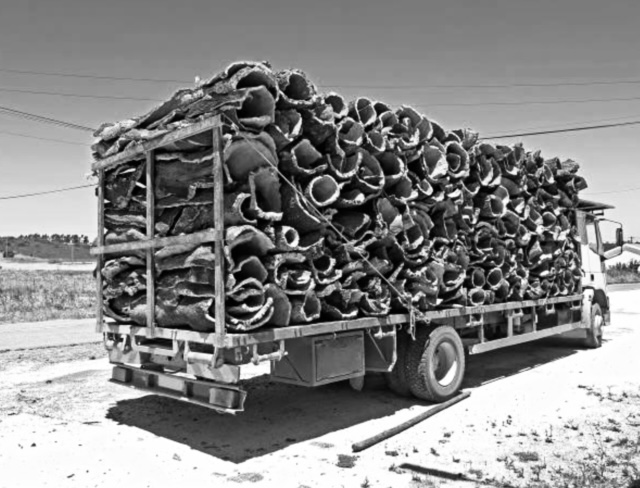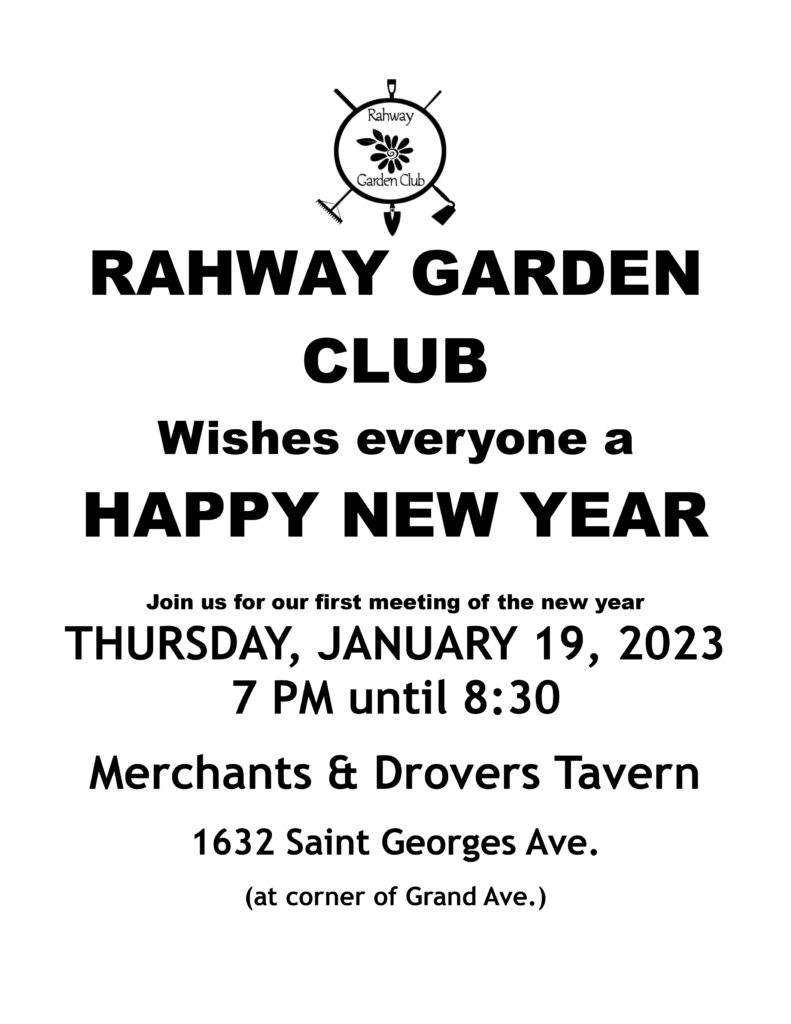
Cork Oak Trees – ‘Quercus suber’
In our western culture the sound of popping corks is a sure sign of celebration. New Year’s Eve, weddings, child birth or when gathering with old friends, someone is sure to break out a bottle of champagne. As the old saying goes, “this calls for champagne”.
Sparkling wines were popular in the French Court, but the seal wasn’t tight so they quickly lost their bubbles.
According to legend, a French monk named Dom Pérignon realized that a cork could seal in the fizz and flavor of Champagne after he saw Spanish travelers using cork tree bark to plug their water gourds. There is still a debate if this story is fact or just legend, but Dom Pérignon and his name still remain indelibly associated with Champagne.
Historians do know a good deal about how corks were used in the 18th century, in part because King Louis XV issued an edict governing Champagne bottling. Back then, workers wedged corks in by hand, yoking them with three pieces of twine to keep them in place, according to Becky Sue Epstein, author of “Champagne: A Global History.” Even so, Epstein says, these corks could erupt without warning, giving Champagne a risqué reputation and the nickname “devil’s wine.”
A hundred years later, workers took to wearing wire-and-gauze masks when they handled the bottles to protect against the projectiles. “I know one cellar in which there are three men who have each lost an eye,” wrote Thomas George Shaw, a 19th-century wine trader.
Today modern corks can still go wild and do damage; even the plastic ones. Many professionals cover the corks with a napkin to slow down and control it if it blasts off. Point the bottle away from people when opening it for safety.
Today, many Champagne stoppers are mashed together out of cork bits, glue and food-grade silicone. They start out fat as marshmallows before they’re compressed in the jaws of a machine, driven into the bottle neck and held down with a wire hood called a muselet. It’s this process that gives them their ability to cling — and their distinctive mushroom shape.
“If the bottle opens with a loud pop, that means it’s not cold enough,” Epstein says. When Champagne has been chilled to the perfect drinking temperature — about 50 degrees — you can “ease the cork out of the bottle so it emerges with a gentle sigh”, losing less bubbles. Many Americans are disappointed when the bottle opens quietly, associating the pop as part of the experience.
The word Cork denotes the tree itself and the product of the tree, the bark.
As a verb to cork something means to seal it. When I was a professional waiter, is we said the wine “was corked” it meant the cork had decayed and the wine, often red had gone bad.
In the wild, Cork Oaks produce acorns for reproduction. Unlike other oaks corks produce two sets of acorns, one annual and the other biannual. These acorns are an important source of food for birds and native wildlife. Trees can live between 150 to 300 years.
Cork bark is a useful byproduct of the evergreen oak tree. 65% of the world production is in Mediterranean region,Portugal, Spain, France, Algeria, Morocco. 6.6 million acres of cork is grown in the Mediterranean region alone. I was surprised to learn that is the 2nd most bio-diverse region in the world following the Amazon region.
Cork is also fire resistant and protects the tree and the critters in it from fire damage.
Suberin, the waxy component in the bark causes traction when wet and retards insects.
In the USA cork production is primarily in the west and southwest. American cork trees are sometimes grafted to the black oak root stock.
Today cork is a $1.5 billion industry that employs 20,000 full time employees and10,000 temporary harvesters.
Trees are first harvested of bark at about 20-25 years followed by successive harvests every 9-10 years. Bark quality gets better with successive harvests.
CORK USE THOUGHOUT HUMAN HISTORY
The bark product has been in recorded use for about 5000 years. Cork bottle stoppers have been found in China from 3500 years ago. Cork has also been found in Persia and Babylonian excavations. Egyptian tombs have corks sealing containers covering food and mummified animals.
Phoenician sailors used cork for floatation for themselves, their nets and anchor lines.The Greeks and Romans navy did the same in later history.
Greeks used the material for roofing and sandals due to insulating and water repellent properties. The Greeks also used the twigs and leaves of cork on monuments as a sign of strength and honor. Cork was also used in the crowns of triumphant athletes.
Wine and oil amphora have been found in Greek and Roman shipwrecks with cork stoppers.
Romans used cork to construct bee hives due to its insulating properties.
Cork covered casks were unearthed in Pompey.
CORK IN THE FUTURE
Biodegradable- recyclable- renewable
Cork is mold resistant, hypoallergenic and anti- microbial.
Aesthetically pleasing it is used as decor, wall and floor coverings. Cork is breathable and impervious to liquids.
Architect Frank Lloyd Wright used cork surfaces in his studios and the Fallingwater residence in Pennsylvania.
20th century industry brought about agglomerated processed cork. 100% of the natural cork byproduct is reprocessed into objects and sheet material. Cork flooring and insulating and noise dampening. Armstrong Cork Corporation is a leader in the industry.
Cork can be found in skateboards, squash balls, golf balls, surf boards and numerous other consumer products.
Cork insulation is already used on the space shuttle booster rockets and is being experimented on our next generation of space vehicles.
Have A Safe and Happy 2023
James

